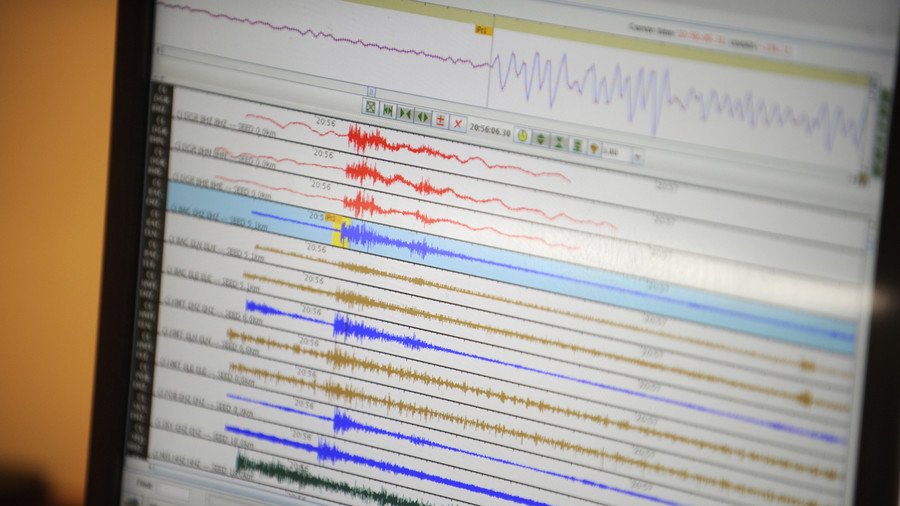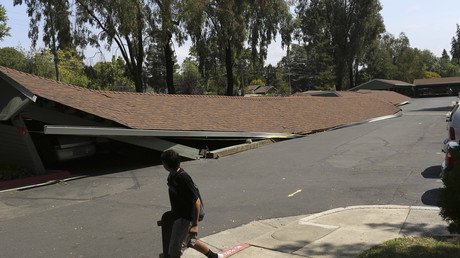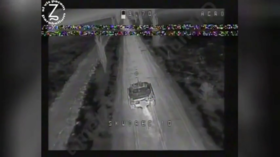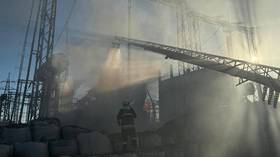‘Deep creep’ discovery near California’s deadliest faults could explain mystery earthquakes

The discovery of unusual behavior deep beneath the surface near California’s deadliest faults has shed new light on seismic activity in the area and could explain nearby enigmatic earthquakes.
New research published in Geophysical Research Letters suggests that the strange deformation of some very small earthquakes in California’s San Bernardino basin near the San Andreas and San Jacinto faults may be due to a “deep creep” 10km below the Earth’s surface.
By analyzing thousands of #earthquakes in the #SanBernardino basin, scientists from @UMassGeo find unexpected ‘Deep Creep’ near San Andreas, San Jacinto faults.https://t.co/60oiRl11yTpic.twitter.com/2WL8YtpJhw
— UMass Science News (@UMassScience) September 19, 2018
Geoscientists at the University of Massachusetts Amherst analyzed thousands of small earthquakes, noting that many exhibited surprising deformation patterns such as showing vertical movement far below the surface.
The usual type of fault in the region is called a strike-slip fault, where the motion is one of blocks sliding past each other. However, in this small area scientists observed an extending fault, where the motion between blocks is like a wave pulling away from the beach.
The team used modelling to help explain the data. “I noticed that this basin was an extension in those models unlike the surrounding regions of strike-slip,” study author Michele Cooke said.
Scientists typically use GPS stations to look for creep in faults but this did not work in this case, as the San Andreas and the San Jacinto faults lie so close together.
“Findings of this study demonstrate that small earthquakes that occur adjacent to and between faults can have very different style of deformation than the large ground rupturing earthquakes produced along active faults,” the research concludes.
Until now, seismologists assumed that no creep is taking place and so used data from all the little earthquakes to infer loading on the primary faults. However, this new research indicates that such a prediction model was not accurate, and shouldn’t be relied on to predict loading on San Andreas and San Jacinto.
The odd behavior was observed in about a third of tiny quakes recorded during the lull between big damaging quakes, according to the study. The team admits that the model may not be perfect but hope it will enhance general understanding of the earthquake process.
“We don’t want to wait around for the faults to move in a damaging earthquake. If we can understand how they are being loaded maybe we can understand better when these faults may be going to rupture,” Cooke concluded.
Think your friends would be interested? Share this story!















